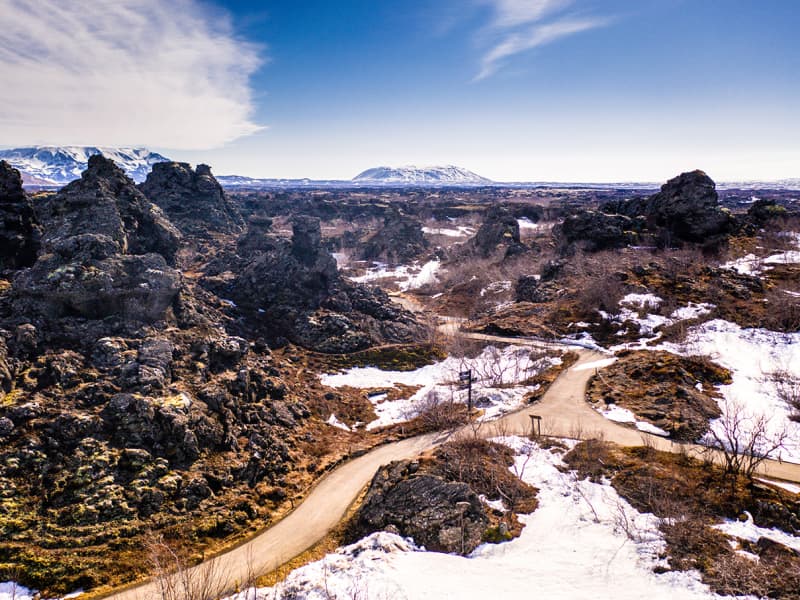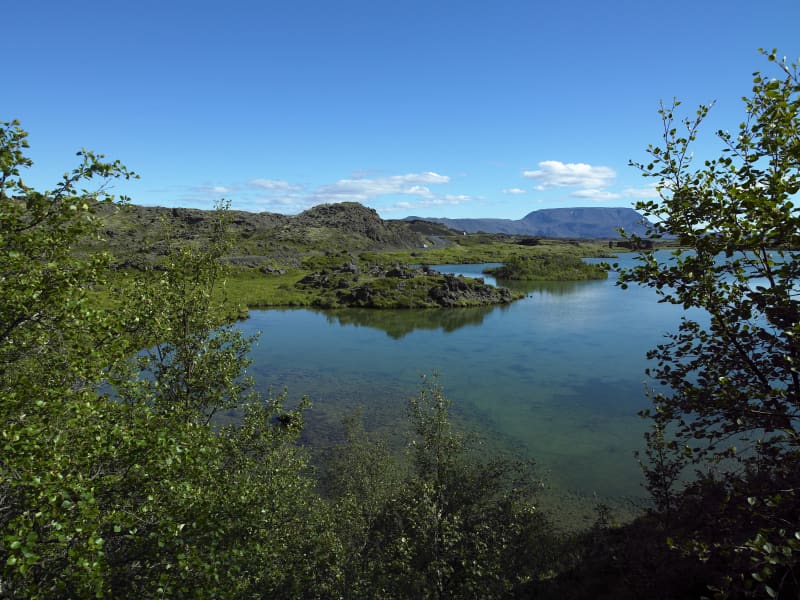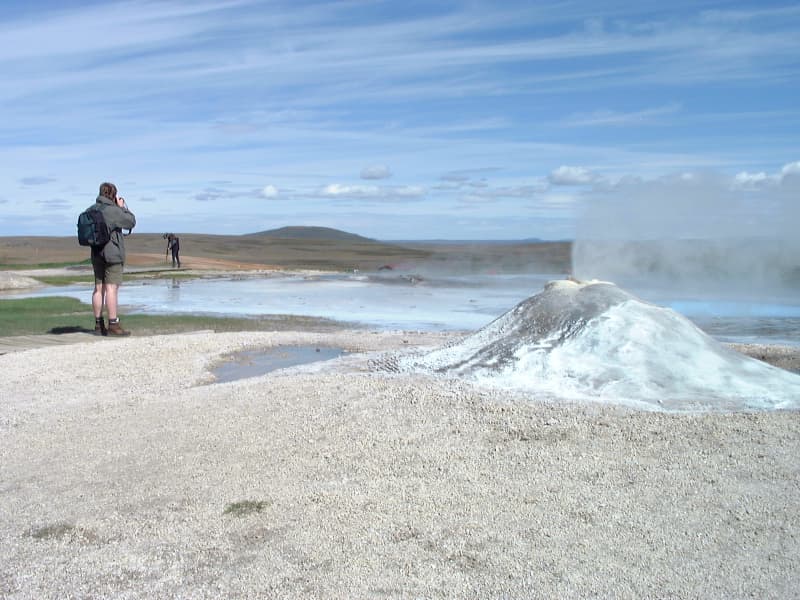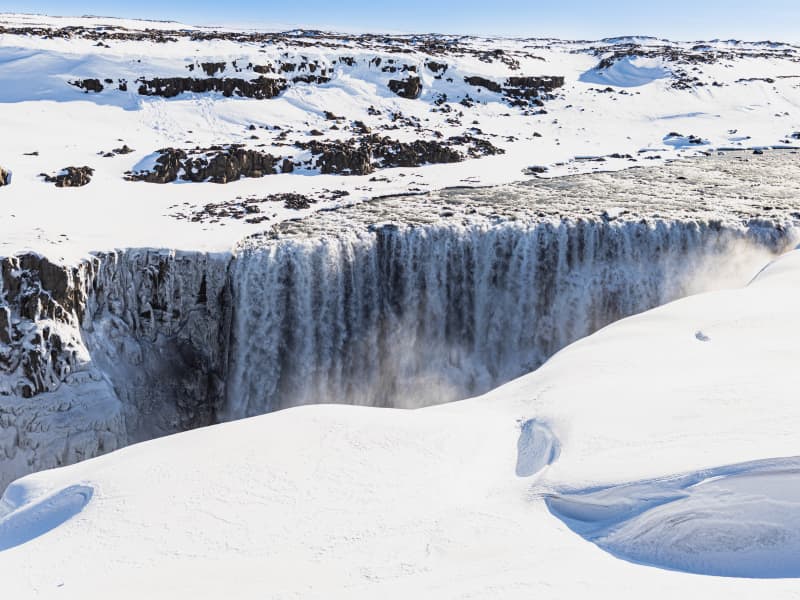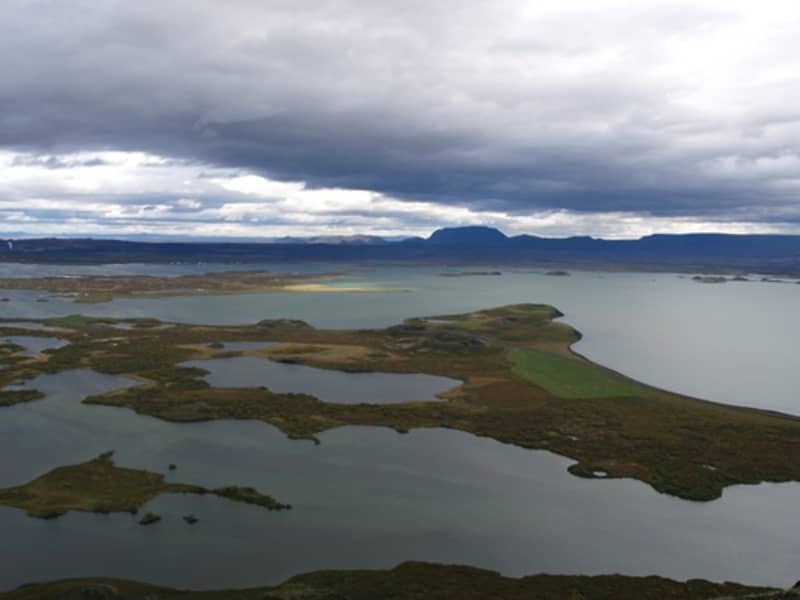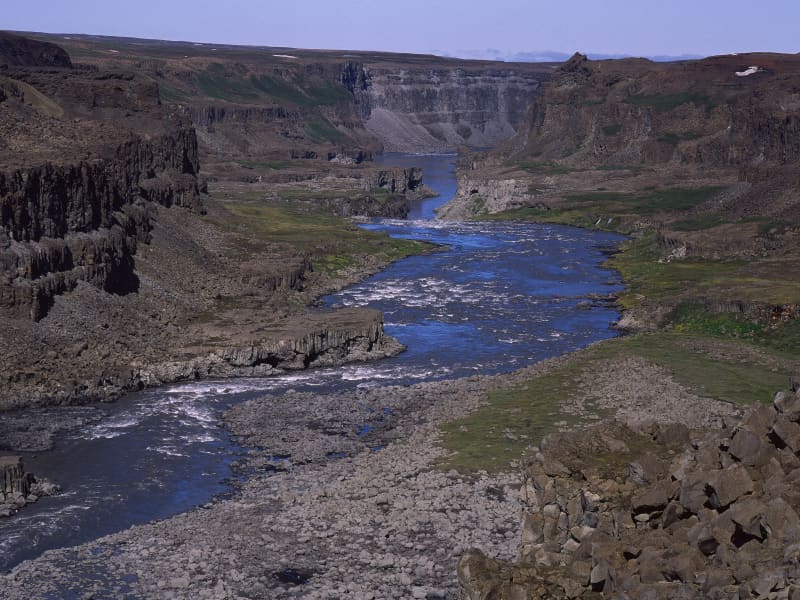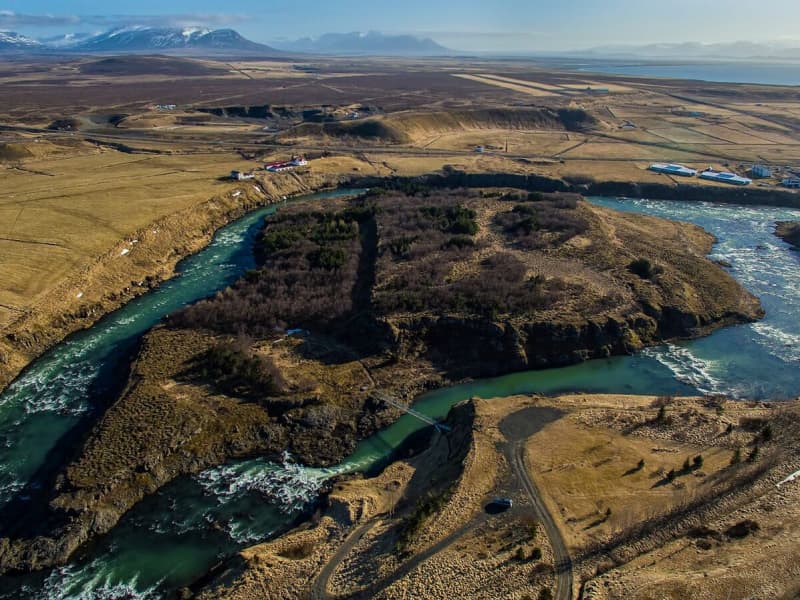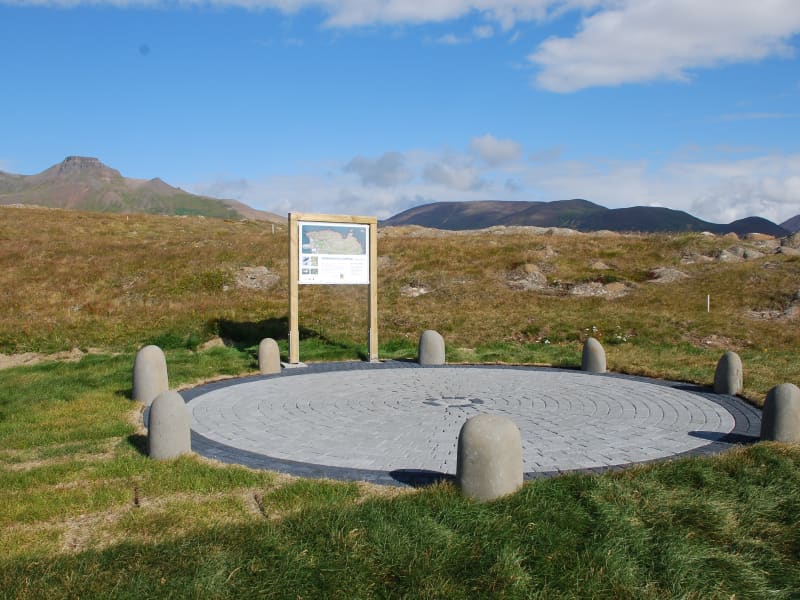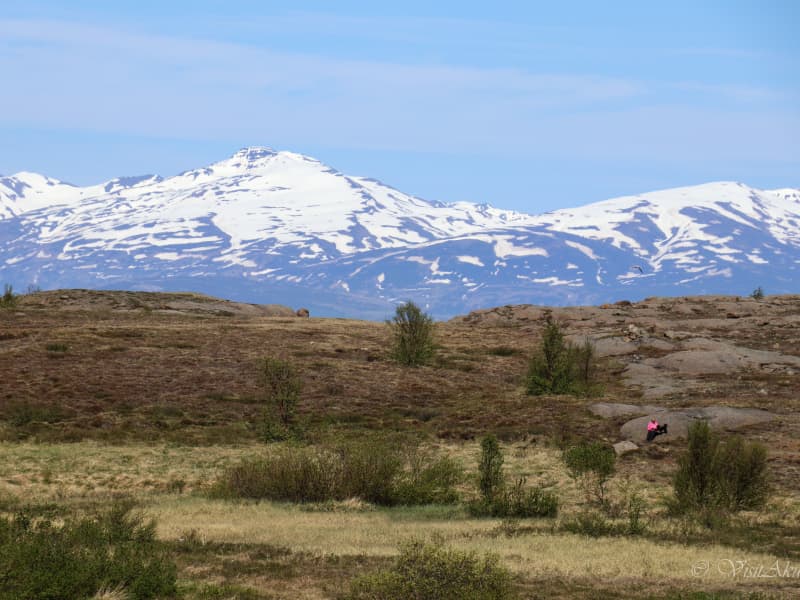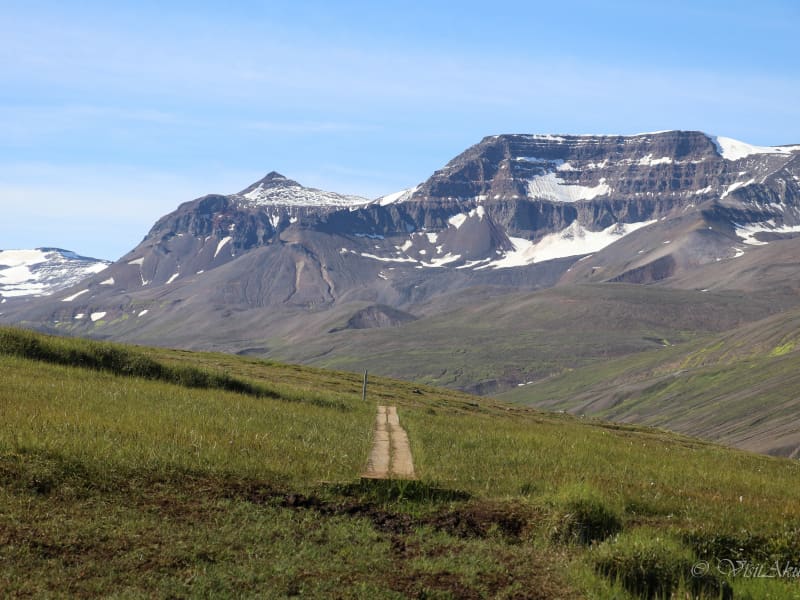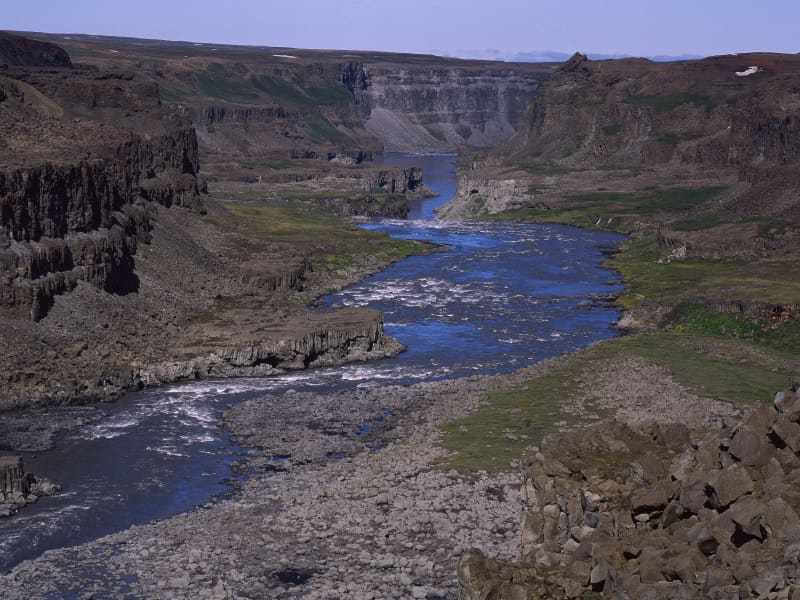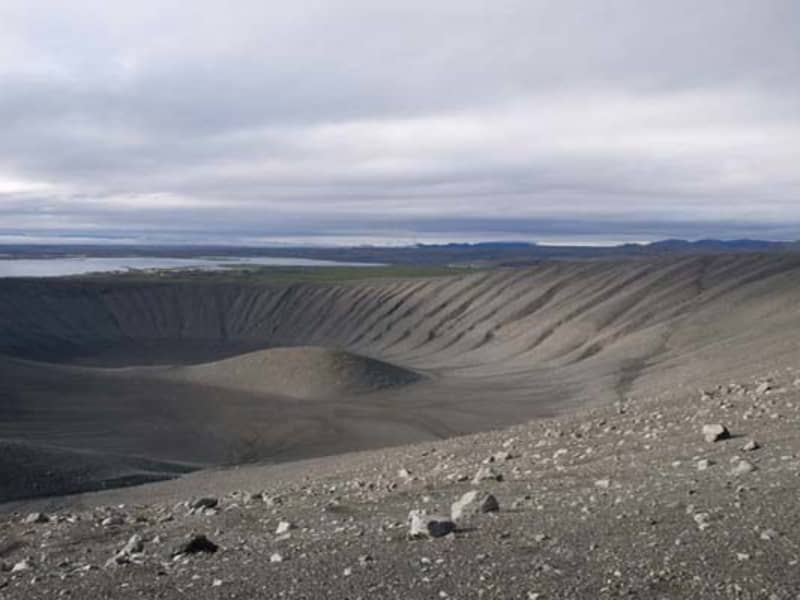Dimmuborgir
Dimmuborgir or Dark Cities is an area of randomly strewn lava rocks and cliffs, surrounded by vegetation such as low bushes and plants. Dimmuborgir is a place of surprises with its myriad forms and images, small caves and towering volcanic rock, pierced by natural apertures.
The most famous of these formations is the cave "The Church", aptly named for its dome-like ceiling.
It is not only in summer that Dimmuborgir exerts its charm; a winter visit is also an invigorating experience which must include popping in to see the Yule Lads (Santas) who have settled there and made it their home.
View

